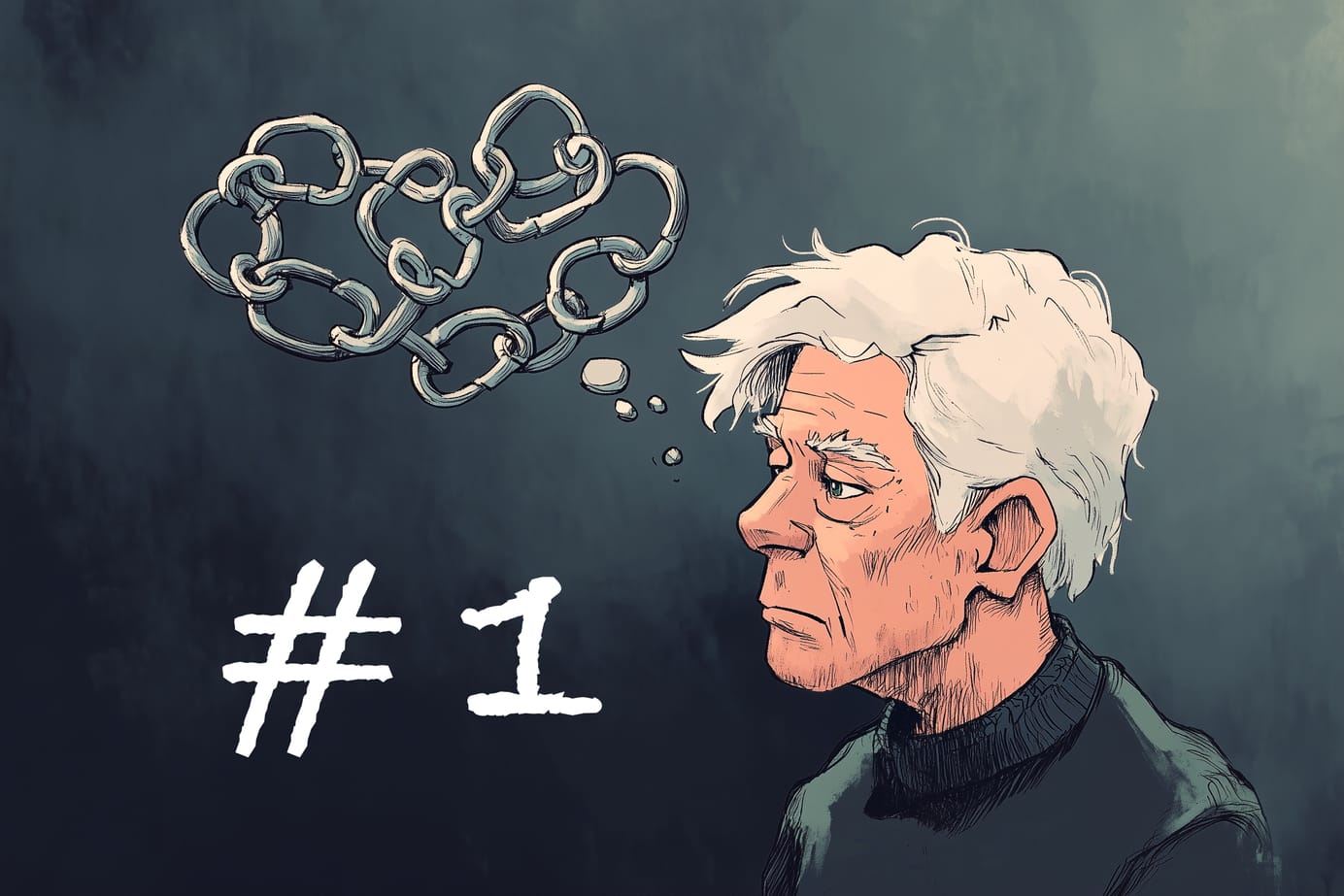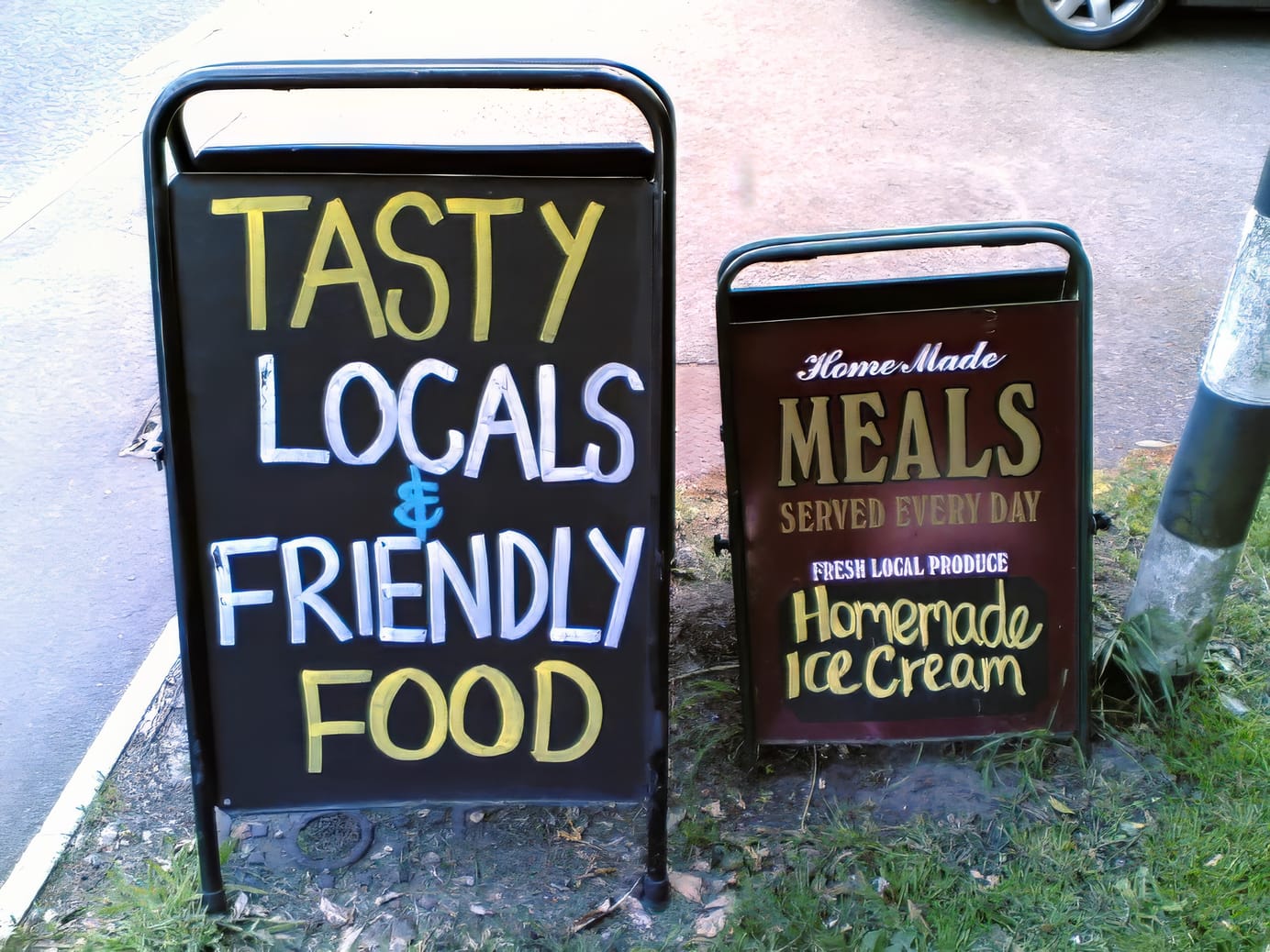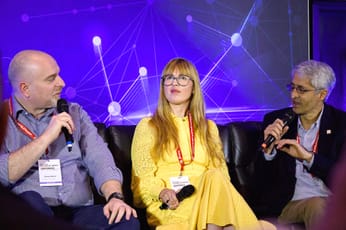
Newsletters: problems, potential and pop-ups
Oh, god, look. It's another post about newsletters. Run. Run while you still can.
I don't know about you, but I'm getting a bit bored of both writing about newsletters and reading about them, too. It's not because newsletters aren't important — they are — but because too much of the discussion is failing to put them in perspective, and I basically want the hype bubble to burst so we can get on with the business of actually using the damn things productively.
I should be so lucky.
But before we put the topic on the back-burner for a bit, I have a handful of interesting links to share before we move on to other topics for a bit.
Framing newsletters
Two things can be simultaneously true:
- Newsletters are a vital tool in the future of journalism
- Newsletters are not the future of journalism
The fact that I need to make that point shows up how much more clarity is needed in our discussions around newsletters. For some — the so-called “creator economy” types (I still prefer Isabelle's term media artisan), they are the main product they offer. For many of the rest of us, they are just another tool in our audience engagement toolbox. Your approach to a newsletter is going to vary significantly depending which side of that divide you live.
And, for the most successful indie newsletter writers, they mights find themselves slowly becoming a more traditional media outlet, and crossing the divide again…
Newsletter problems
Brian Morrissey does a great job of articulating the problem with newsletters-as-sole-product approach. In a newsletter. Published via Substack.
Oh, the irony.
From the difficulties of building an audience, to the unpredictable vagaries of the spam filter, to a growing sense of email fatigue (just between you and me, I'm going to be doing a quite cull of the newsletters I subscribe to over August), he lays out the bumps in the road ahead.
But he also lays out the solution:
The answer is the same as for many issues in digital publishing: diversify. Email is a great base for starting out, especially to test new ideas as a true minimally viable product, but if there’s one lesson in the last two decades of digital publishing it’s to have several sources of distribution and several sources of revenue.
Hold that thought: we'll come back to it later on.

The lonely media artisan

One important issue that he doesn't touch on, and one that's afflicted me at time is this: a solo newsletter (or website) is both a lonely endeavour, and one that tests your own sense of self-worth by having to constantly keep promoting yourself. You have to do it again, and again, and again. Keep that list growing, so more people convert, so you can actually make a living.
And every single unsubscribe can feel both like a personal slight and a threat to your livelihood.
And, for some of us, it's agonising. Others simply refuse to go there. New York Magazine art critic Jerry Saltz was offered a quarter of a million dollars to set up on Substack.
He said “no”.
And here's the reason he gave:
I think it’s fishy to always be barking to your readers to subscribe. I think it is not my real work to write for “subscribers.” My only work is to write for the reader.
Remember, being a media artisan means being your own editor, your own marketing team, your own sales department. You're even your own customer support. Some people will love that or, at least, see it as a fair trade-off. Others won't, and that's just one reason that indie newsletters will never kill off mainstream journalism — nor poach all the best talent. It's a difficult life, and it won't suit everyone.
Newsletter potential
However, just because people start solo doesn't mean that they need to stay solo. Matt Yglesias, co-founder of Vox and now Substack writer, is hiring for an assistant. It's a small reminder that a newsletter is a great way to start growing a publication that might grow into something bigger, as Morrissey suggested above, once the revenue is there.
Note the publication is called Slow Boring, not Matty's Newsletter. Never name something you intend to grow with a constraining name like, oh, I dunno, One Man & His Newsletter, maybe? That would be daft. 🙄

Newsletters Pop-ups
As I said earlier, we need more clarity in our discussions around newsletters. The sort of newsletters most publishers put out are very different products from those coming from the creator economy: the Substackerati and their ilk. Clearly, there's an overlap between the two, but there is one clear difference:
- Creator economy newsletters are the product
- Publishers newsletters are an offering within a wider product.
So, if you're not building your entire income on a newsletter, you can have them come and go. You can have pop-up newsletters. Find an event which has a limited timespan, and will garner lots of attention, and launch a newsletter around it. Maybe sell ads, maybe get sponsorship. Or maybe use it as a sampling tool to drive conversions to another newsletter.
My old blogging compadre Martin Belam, is doing one for The Guardian, as a break from annoying the Doctor Who community he's so utterly part of:

Meanwhile, Craig Mod, who is very much part of the creator economy, but who would probably hate to be described that way, talks about his own experiments with them here:

Look, I'm bound to write about newsletters again. There's still plenty of work and experimentation to be done in this field. But there's also plenty of work to be done in engaged journalism, and community-building, and SEO and…
You get the idea.
(Enough about newsletters. Ed.)
Sign up for e-mail updates
Join the newsletter to receive the latest posts in your inbox.















